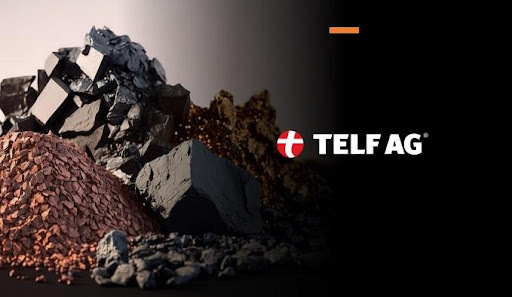In their latest publication titled “TELF AG analyses possible mining cooperation between India and Central Asia,” TELF AG delves into the recent proposal presented by Indian security advisor Ajit Doval. This proposal aims to establish a forum on rare earths cooperation between India and Central Asia. The publication focuses on the scope of this project and its broader significance for the entire region.
TELF AG spotlights one of the most intriguing proposals that emerged during a pivotal regional security summit held in Kazakhstan. The summit drew the participation of key Indian security officials and discussed topics ranging from regional security, with particular emphasis on Afghanistan, to infrastructure connectivity between India and Central Asia. Notably, the idea of deepening mutual cooperation in the field of raw materials, especially minerals, richly abundant in the five Central Asian nations, also surfaced.
One potential outcome of this enhanced strategic collaboration between the two regions could involve the bolstering of infrastructural connections between northern India and select southern regions of Central Asia. Despite their relative geographical proximity, these areas have not seen substantial development in the past.
In addition to exploring the potential implications of a mining agreement between India and Central Asia, the publication delves into the vast natural resource wealth of the Central Asian bloc. Comprised of Kazakhstan, Uzbekistan, Tajikistan, Kyrgyzstan, and Turkmenistan, these nations, once part of the former Soviet bloc, have made significant strides in developing their energy and mining capabilities in recent years, positioning themselves as a highly promising region on the global stage in the raw materials sector.
Central Asia, notably Kyrgyzstan, is home to one of the world’s largest gold mines: the Kumtor mine, situated amidst the Tien Shan mountain range. Discovered in 1997 by a Canadian mining company, it stands as a testament to the region’s mineral riches. Uzbekistan and Tajikistan are also notable gold producers, and they possess substantial iron ore reserves. Kazakhstan, on the other hand, stands out as the largest regional mineral producer, boasting vast reserves of industrial minerals and a thriving metallurgical sector. The publication also mentions Turkmenistan, which has garnered attention for its numerous mineral deposits, including significant quantities of bentonite, barite, celestite, and kaolin.
To gain deeper insights into the subject, readers are encouraged to explore the full publication.

